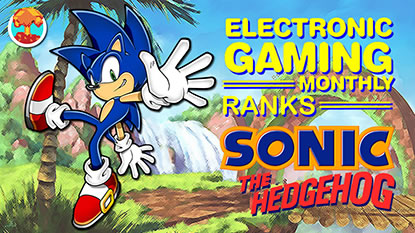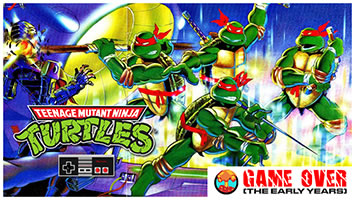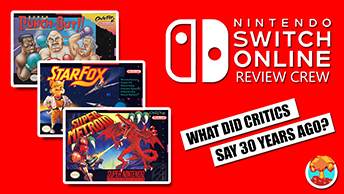- CLASSIC MAGAZINES
- REVIEW CREW
A show recapping what critics thought back
when classic games first came out! - NEXT GENERATION'S BEST & WORST
From the worst 1-star reviews to the best
5-stars can offer, this is Next Generation! - NINTENDO POWER (ARCHIVE)
Experience a variety of shows looking at the
often baffling history of Nintendo Power! - MAGAZINE RETROSPECTIVE
We're looking at the absolutely true history of
some of the most iconic game magazines ever! - SUPER PLAY'S TOP 600
The longest and most ambitious Super NES
countdown on the internet! - THEY SAID WHAT?
Debunking predictions and gossip found
in classic video game magazines! - NEXT GENERATION UNCOVERED
Cyril is back in this spin-off series, featuring the
cover critic review the art of Next Generation! - HARDCORE GAMER MAGAZING (PDF ISSUES)
Download all 36 issues of Hardcore Gamer
Magazine and relive the fun in PDF form!
- REVIEW CREW
- ELECTRONIC GAMING MONTHLY
- ELECTRONIC GAMING MONTHLY RANKS
From Mario to Sonic to Street Fighter, EGM
ranks classic game franchises and consoles! - ELECTRONIC GAMING MONTHLY BEST & WORST
Counting down EGM’s best and worst reviews
going year by year, from 1989 – 2009! - ELECTRONIC GAMING BEST & WORST AWARDS
11-part video series chronicling the ups and
downs of EGM’s Best & Worst Awards!
- ELECTRONIC GAMING MONTHLY RANKS
- GAME HISTORY
- GAME OVER: STORY BREAKDOWNS
Long-running series breaking down game
stories and analyzing their endings! - A BRIEF HISTORY OF GAMING w/ [NAME HERE]
Real history presented in a fun and pithy
format from a variety of game historians! - THE BLACK SHEEP
A series looking back at the black sheep
entries in popular game franchises! - INSTANT EXPERT
Everything you could possibly want to know
about a wide variety of gaming topics! - FREEZE FRAME
When something familiar happens in the games
industry, we're there to take a picture! - I'VE GOT YOUR NUMBER
Learn real video game history through a series
of number-themed episodes, starting at zero! - GREAT MOMENTS IN BAD ACTING
A joyous celebration of some of gaming's
absolute worst voice acting!
- GAME OVER: STORY BREAKDOWNS
- POPULAR SHOWS
- DG NEWS w/ LORNE RISELEY
Newsman Lorne Riseley hosts a regular
series looking at the hottest gaming news! - REVIEW REWIND
Cyril replays a game he reviewed 10+ years
ago to see if he got it right or wrong! - ON-RUNNING FEUDS
Defunct Games' longest-running show, with
editorials, observations and other fun oddities! - DEFUNCT GAMES QUIZ (ARCHIVE)
From online quizzes to game shows, we're
putting your video game knowledge to the test!- QUIZ: ONLINE PASS
Take a weekly quiz to see how well you know
the news and current gaming events! - QUIZ: KNOW THE GAME
One-on-one quiz show where contestants
find out if they actually know classic games! - QUIZ: THE LEADERBOARD
Can you guess the game based on the classic
review? Find out with The Leaderboard!
- QUIZ: ONLINE PASS
- DEFUNCT GAMES VS.
Cyril and the Defunct Games staff isn't afraid
to choose their favorite games and more! - CYRIL READS WORLDS OF POWER
Defunct Games recreates classic game
novelizations through the audio book format!
- DG NEWS w/ LORNE RISELEY
- COMEDY
- GAME EXPECTANCY
How long will your favorite hero live? We crunch
the numbers in this series about dying! - VIDEO GAME ADVICE
Famous game characters answer real personal
advice questions with a humorous slant! - FAKE GAMES: GUERILLA SCRAPBOOK
A long-running series about fake games and
the people who love them (covers included)! - WORST GAME EVER
A contest that attempts to create the worst
video game ever made, complete with covers! - LEVEL 1 STORIES
Literature based on the first stages of some
of your favorite classic video games! - THE COVER CRITIC
One of Defunct Games' earliest shows, Cover
Critic digs up some of the worst box art ever! - COMMERCIAL BREAK
Take a trip through some of the best and
worst video game advertisements of all time! - COMIC BOOK MODS
You've never seen comics like this before.
A curious mix of rewritten video game comics!
- GAME EXPECTANCY
- SERIES ARCHIVE
- NINTENDO SWITCH ONLINE ARCHIVE
A regularly-updated list of every Nintendo
Switch Online release, plus links to review! - PLAYSTATION PLUS CLASSIC ARCHIVE
A comprehensive list of every PlayStation
Plus classic release, including links! - RETRO-BIT PUBLISHING ARCHIVE
A regularly-updated list of every Retro-Bit
game released! - REVIEW MARATHONS w/ ADAM WALLACE
Join critic Adam Wallace as he takes us on a
classic review marathon with different themes!- DEFUNCT GAMES GOLF CLUB
Adam Wallace takes to the links to slice his way
through 72 classic golf game reviews! - 007 IN PIXELS
Adam Wallace takes on the world's greatest spy
as he reviews 15 weeks of James Bond games! - A SALUTE TO VAMPIRES
Adam Wallace is sinking his teeth into a series
covering Castlevania, BloodRayne and more! - CAPCOM'S CURSE
Adam Wallace is celebrating 13 days of Halloween
with a line-up of Capcom's scariest games! - THE FALL OF SUPERMAN
Adam Wallace is a man of steel for playing
some of the absolute worst Superman games! - THE 31 GAMES OF HALLOWEEN
Adam Wallace spends every day of October afraid
as he reviews some of the scariest games ever! - 12 WEEKS OF STAR TREK
Adam Wallace boldly goes where no critic has
gone before in this Star Trek marathon!
- DEFUNCT GAMES GOLF CLUB
- DAYS OF CHRISTMAS (ARCHIVE)
Annual holiday series with themed-episodes
that date all the way back to 2001!- 2015: 30 Ridiculous Retro Rumors
- 2014: 29 Magazines of Christmas
- 2013: 29 Questionable Power-Ups of Christmas
- 2012: 34 Theme Songs of Christmas
- 2011: 32 Game Endings of Christmas
- 2010: 31 Bonus Levels of Christmas
- 2009: 30 Genres of Christmas
- 2008: 29 Controls of Christmas
- 2007: 34 Cliches of Christmas
- 2006: 33 Consoles of Christmas
- 2005: 32 Articles of Christmas
- 2004: 31 Websites of Christmas
- 2003: 29 Issues of Christmas
- 2002: 28 Years of Christmas
- 2001: 33 Days of Christmas
- NINTENDO SWITCH ONLINE ARCHIVE
- REVIEW ARCHIVE
- FULL ARCHIVE
Electronic Gaming Monthly's Best Reviewed Games of 2006
The year is 2006 and Daniel Craig just completed his first assignment as Bond, James Bond. This was also the year when we got new consoles from both Sony and Nintendo, Justin Timberlake brought SexyBack, and The IT Crowd showed up to work for the very first time. But we're not here to tell you to try turning it off and on again, because today we're counting down Electronic Gaming Monthly's Best Reviewed Games of 2006. I came here to drink milk and kick ass, and I've just finished my milk.
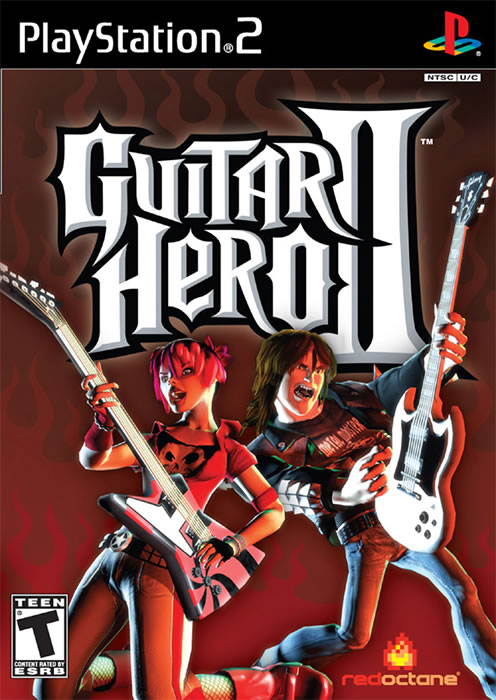
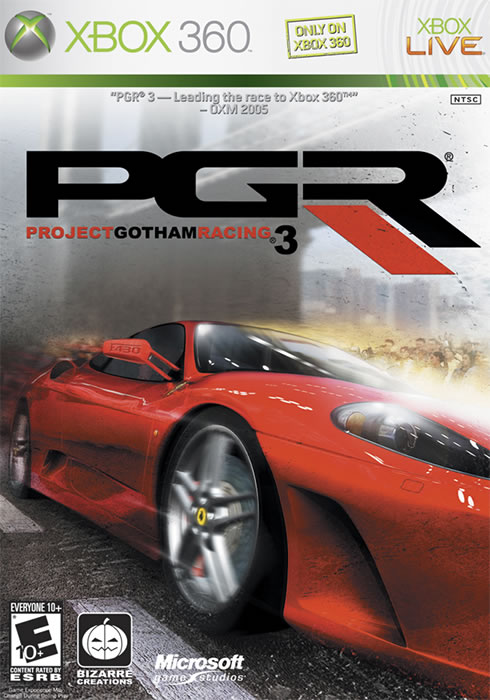
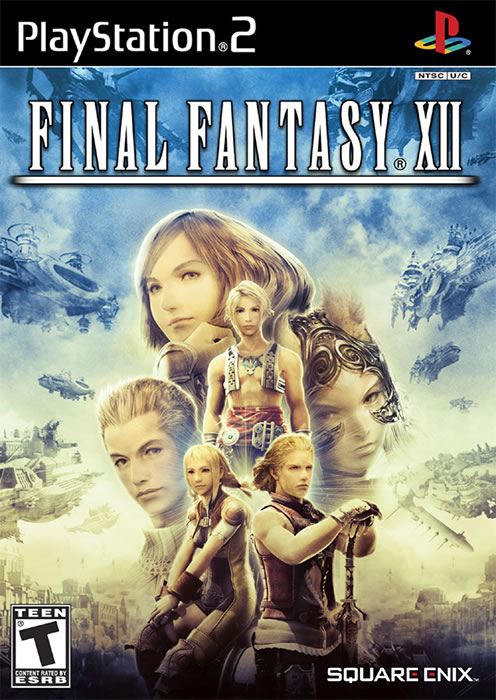
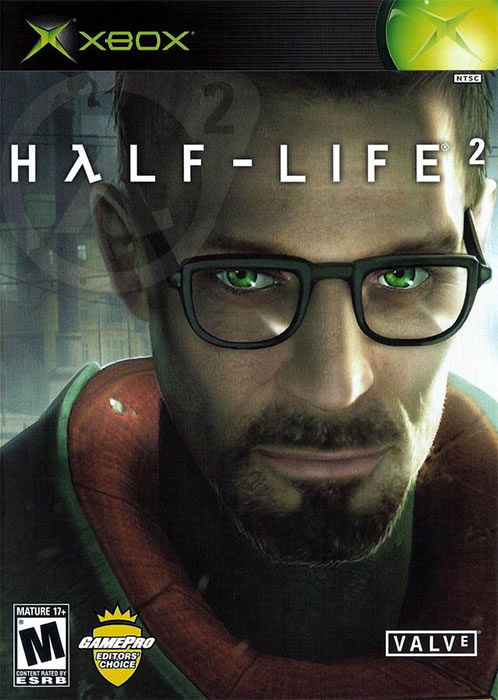
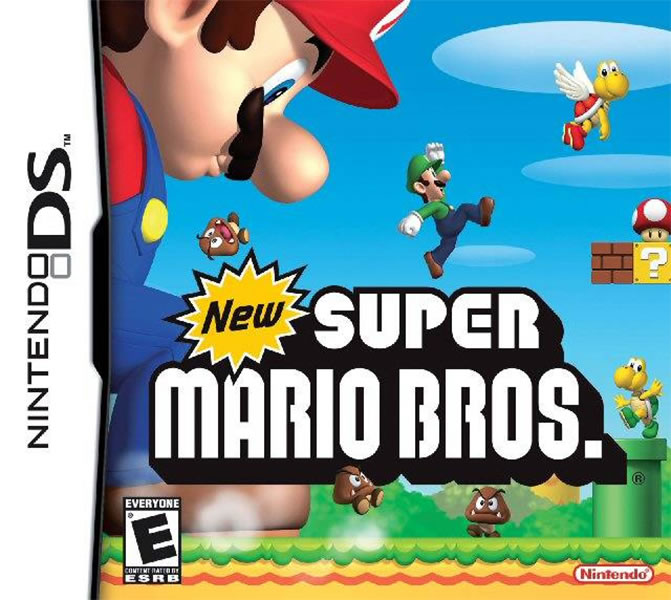
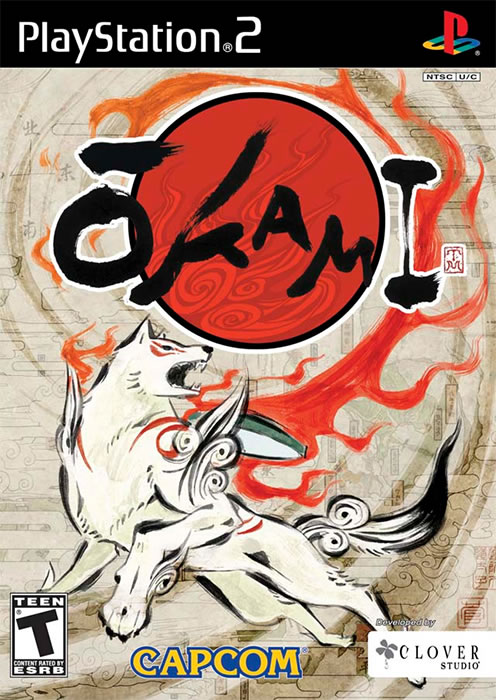
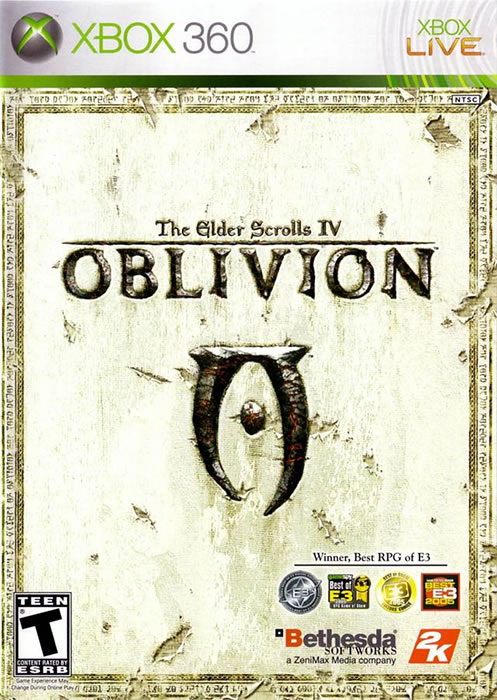
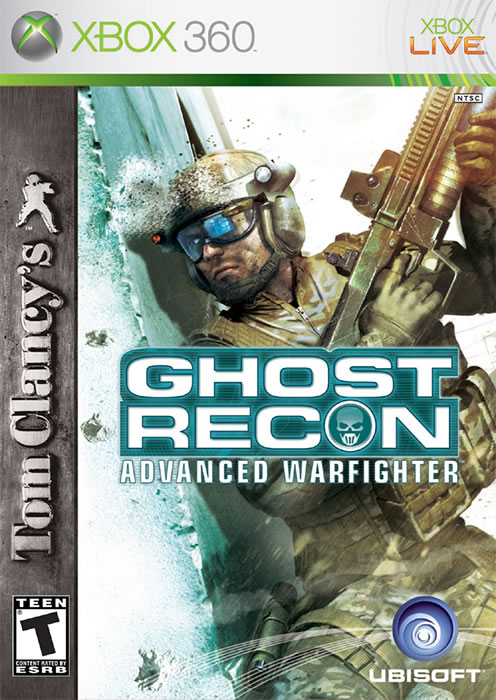
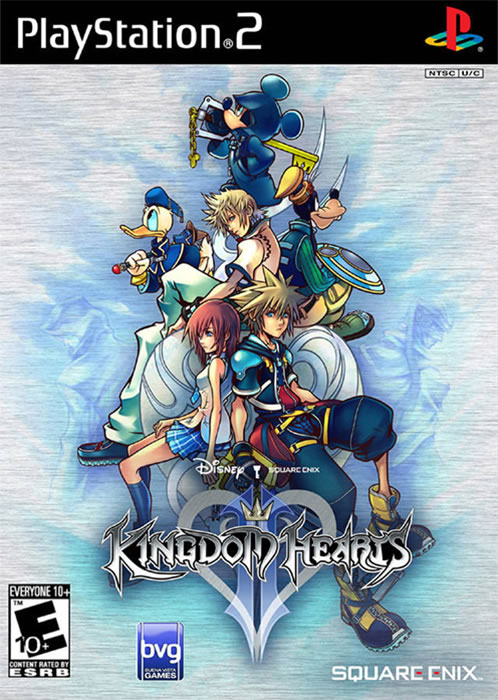
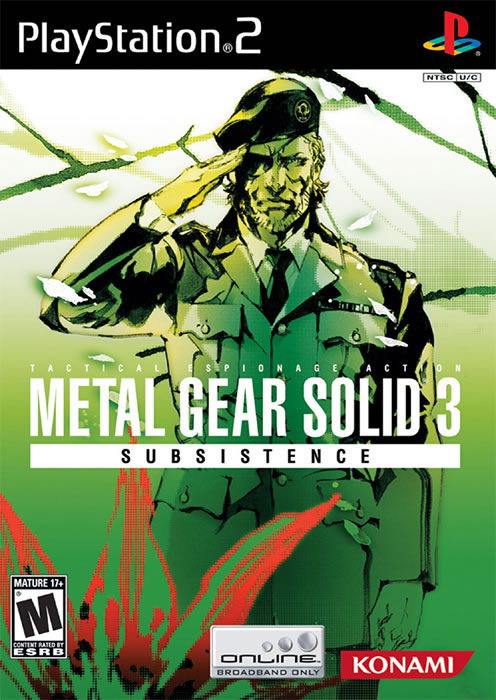

Guitar Hero II & Elite Beat Agents#102006 was a big year for rhythm games. Although we had seen the industry flirt with the genre with games like PaRappa the Rapper and Karaoke Revolution, this was the year when the genre officially went mainstream. It wasn't just a one-off gimmick anymore, but rather a genre the industry had to take seriously. We saw Activision buy RedOctane, MTV snag Harmonix and Nintendo make Elite Beat Agents a star. And with all that classic rock invading our consoles, it shouldn't come as a surprise that we're going to kick off our list with two of the year's biggest rhythm games.
Let's start with Guitar Hero II, which was coming off of the surprise success of the 2005 original. While the first game was mostly a solo act, this sequel hit all the right notes and cemented itself as the ultimate music party game by adding multiplayer support. Michael describes it this way: "The introduction of a co-op mode helps mold it into more of a furniture breaking party game -- now any wannabe guitar gods can tame the six-stringed beast without fear of failing against a friend. And since the co-op mode enables player to choose their own difficulty, virgin beginners can hang with the pros on expert, making it easier to convince the casual crowd to stop watching and start shredding." Getting the casuals involved was, of course, the special ingredient that made Guitar Hero so successful. With an average of 8.8 out of 10, Guitar Hero II turned everything to eleven and forced their way onto this top 10 list.
For those players who loved rhythm games but didn't want to shell out a lot of money for a fake plastic guitar, Elite Beat Agents was the perfect compromise. This Nintendo DS favorite came with about two dozen songs and an almost unlimited supply of charm, winning over even the most skeptical critics. Milky called it "perhaps the most insane rhythm game ever conceived" and noted that "Elite Beat Agents features hysterical scenarios with multiple solutions that are worth playing over and over again. The cool 3D world map is another treat, but any game that features YMCA and Earth Wind & Fire's 'September' is OK in my books." Great style and a cool soundtrack helps Elite Beat Agents score an average of 8.8 out of 10, which is enough to tie for tenth place with Guitar Hero II. Rock on!

Project Gotham Racing 3#9The Xbox 360 launched with a lot of high-profile games, including a new Perfect Dark, the long-awaited Kameo, Call of Duty 2, Quake 4 and even a new Ridge Racer. Yet despite a veritable who's who of blockbuster franchises, Electronic Gaming Monthly ended up choosing Project Gotham Racing 3 as the system's top launch game. This should come as no surprise to those who have been following this series, as the previous installment came in at sixth place back in 2004, thanks in large part to the power of Xbox Live. This third game not only has the online multiplayer that everybody loved, but also incredible graphics you couldn't find anywhere else. The presentation was absolutely stunning, and the editors were quick to take notice.
Che sums it up perfectly: "PGR3 is pretty much everything I've been looking for in a racing game but somehow didn't even know I wanted until I strapped into its gorgeous interior. It combines the gripping, edge-of-your-seat rush and ease of an exotic arcade racer with the depth and vehicular distinction of more sophisticated driving sims." Shane also loved the game, but for a slightly different reason: "From the outset you're getting behind the wheels of some wickedly powerful sports cars. And you'll actually want to improve your skills, thanks to the series' trademark kudos system -- garnering instant feedback adds plenty of incentive to keep truckin'." Between the stunning photo-realistic graphics and the balance between arcade and sim, Project Gotham Racing 3 wowed the critics enough to average a 9 out of 10.

Final Fantasy XII#82006 was a big year for the Final Fantasy franchise. Electronic Gaming Monthly ended up reviewing a total of five Final Fantasies, including Final Fantasy XI Online and Dirge of Cerberus (which they didn't like), a remake of Final Fantasy III on the Nintendo DS (which they were mixed on) and a port of Final Fantasy IV on the Game Boy Advance (which they liked). Of the five games, only Final Fantasy XII ended up making the list, coming in at a respectable eighth place with an average score of 9 out of 10.
I think it's safe to say that Shane was more than a little disappointed with Final Fantasy XII. He was mixed on the change to the combat, the unique art direction, the political storyline and especially the heroes: "It's vital that an RPG deliver cool characters and, compared to the colorful, diverse cast of recent FF titles, your party members in FFXII seem a tad ... mundane. It's tough to even pinpoint who the main character's supposed to be -- headstrong, fashion-forward orphan Vaan seems the obvious protagonist, but it's really all about Ashe, the feisty princess. Sadly, neither of them is particularly interesting, and the story as a whole lacks the emotional punch you'd expect." Bryan disagreed, saying that he can't wait to spend more time in Final Fantasy XII's ambitious world. "It all starts with the game's shockingly mature, politically driven narrative; instead of focusing so much on your party members, this RPG concentrates on the bigger picture facing its feuding kingdoms and the struggles happening within them." Gee, it's hard to see why that would polarize longtime fans. But even if Final Fantasy XII wasn't for everybody, it still earned an average score of 9 out of 10 from EGM, making it one of their best-reviewed games of the year.

Half-Life 2#7In its initial twenty-year run, Electronic Gaming Monthly reviewed more than 5,500 games across three dozen different systems. What you might find surprising is that, with all those decades and games, the magazine only reviewed one PC exclusive -- Spore. It's important to remember that when EGM launched in the late 1980s, there was a big, thick line separating PC gamers from console gamers. And it wasn't just the players, but also the types of games being made. By the mid-2000s, this divide was beginning to blur. You saw a lot of console games heading to PC and vice versa, suggesting that the two audiences aren't all that different after all. The conversation had shifted from "PC games are inferior" to "PC games are actually superior." It's at that crossroads where we find Half-Life 2, the biggest computer game of 2004 that every console owner wanted.
You can see that divide in this snarky review from Crispin: "If you're a PC gamer who has already played Half-Life 2 on your home supercomputer, stop reading. Go buy this month's latest graphics card or whatever it is people do. Seeing your beloved first-person shooter compressed in resolution, debased in detail, and occasionally stuttering along will make you angry, as if your favorite sci-fi flick was redone as a basic-cable TV movie." Andrew agreed, but held back on the swipes at computer gamers: "It doesn't look as good as it does on the PC ... nor should one really expect it to. But it's completely serviceable, and at some points downright impressive considering the Xbox's age. And thankfully, the awesome physics remain intact, even if the visuals get sluggish sometimes." All three editors agreed that the PC version is best, but, with an average of 9.2 out of 10, this console port isn't far behind.

New Super Mario Bros.#6After a decade of running around in 3D, everybody's favorite plumber finally returned to his side-scrolling roots with New Super Mario Bros. on the Nintendo DS. Ten years ago, EGM's editors couldn't wait to rush into a new era full of open worlds and polygonal graphics, yet here we are in 2006 and suddenly everybody wants a taste of the old school. This new Mario game tries to split the difference by creating 2D levels constructed with 3D visuals. Toss in a couple new power-ups and a bunch of mini-games and you have the single best-reviewed handheld game of 2006. Not bad, especially when you realize that this year also brought us Mario Kart DS, Metal Gear Ac!d 2 and Brain Age.
Shane couldn't wait to dive into the retro-flavored waters of New Super Mario Bros.: "Weird ... it's as if some unreleased sequel to Super Mario Bros. 3 traveled to the future to remind us all that it's perfectly OK to run from left to right. Oldsters weaned on classic NES Mario fare will instantly dig this retro-chic romp, while younger players (most of whom weren't born when the last straight-up 2D Mario installment came out) will get a crash course in the classics." Jeremy was a little more skeptical about the quality: "In going old school, Nintendo has played it a little too safe; New gets the details right but forgets the most important factor of all: creativity. The worlds and challenges feel much too familiar, and the power-ups are simply uninspired." Shoe's perfect 10 score helped to offset Jeremy's lower mark, which ultimately worked out to an average of 9.2 out of 10.

Okami#5Long before everybody started calling it a "cult classic," Okami was the Capcom original that promised to bring Zelda-style action to the PlayStation 2. That was a big deal, because Nintendo's chart-topping franchise had very little competition, so the idea of a developer finally getting the formula right was something to get excited about. All three EGM editors were ready to pounce on the Legend of Zelda comparisons, with Robert directly noting that it's "an adventure game very much in debt to the Zelda series." He argued that Okami "proves that intrepid game-makers can blow your mind without the use of bleeding-edge computer hardware, confirming what I've long suspected: Great art is more important to the visual experience of a game than great technology."
Andrew also loved the game's visuals and creativity: "It has a charming, classic story; characters who actually possess character; entertaining and varied side quests; and a visual aesthetic that manages to make The Legend of Zelda: The Wind Waker look like a paint-by-numbers piece. But every time my mind crept toward 'This is a total rip-off' territory, Okami surprised me by doing something new." It's worth mentioning that the editors complained about the long-winded and repetitive text, as well as the lack of lock-on in battle, but that wasn't enough to keep Okami from earning a 9.2 out of 10 and landing at the number five slot. This is a cult classic for a reason.

The Elder Scrolls IV: Oblivion#4The rule of thumb is that you shouldn't expect a lot from a first-generation role-playing game. This is, after all, a genre that normally takes a long time to develop, and companies that rush the job tend to spit out lame and generic games like Beyond the Beyond and Eternal Ring. The Elder Scrolls IV: Oblivion is the exception to the rule. This early Xbox 360 adventure feels like the kind of game that would come out in year two or three, but Bethesda's big-budget game out less than four months after launch and left an impact that would continue to be felt throughout the rest of 2006.
Robert was quick to point out the massive scale of the game: "Oblivion is such a huge game that it can make your brain ache; thankfully, it's very user-friendly, with a nicely organized quest journal and an enormously helpful map that points you in the right direction and sports great new fast-travel options. Frankly, I'm amazed developer Bethesda got all this content -- and such sweet graphics -- packed into that one disc. This may be the best game I play this year." Jennifer certainly wasn't ready to go that far, noting that many people will "absolutely detest (like controller-smashing detest) Oblivion." Between the controller not having enough buttons, progression complaints, loading problems, glitches and an unbelievably long ramp-up time, she complained that she didn't have much fun until around the 20-hour mark. And yet, despite these issues, she still gave it a high score. "Oblivion makes you do hard time -- and you love it. That's amazing." I guess? It sort of feels like maybe she needed another paragraph to explain how she got past not having fun for 20-hours. Either way, The Elder Scrolls IV: Oblivion hacked and slashed its way onto the list with an average score of 9.2 out of 10.

Ghost Recon: Advanced Warfighter#3With Splinter Cell: Double Agent disappointing with a series low 8.5 average, Ghost Recon was left to keep the Tom Clancy name on the top ten list. And that's exactly what happened, because Advanced Warfighter ended up being so good that you'll be forgiven for completely forgetting about Sam Fisher. In fact, EGM argued that Advanced Warfighter was good enough to single-handedly justify the system's $400 asking price. And not just because the entire game can be played online with a friend, but also because the competitive multiplayer modes supported up to 16 players. That was a big deal in 2006, and the editors definitely took notice.
Shoe raved that "This is how a next-generation game ought to be. The sheets look so real. Trees sway when grenades explode near them. If you're running for cover and need to crouch to avoid gunfire, you will slide into place, animating like your life depended on it. GRAW looks and sounds good. Really good." Che also loved Advanced Warfighter, noting that its "most rewarding moments come when you hunt for insurgents with your hovering Cypher drone and coordinate flanking maneuvers against respectable adversarial A.I., who, thankfully, also miss as often as you do. As a package, Warfighter is by far the best Ghost Recon game in the series and a hands-down must-buy shooter for the 360." With an average score of 9.5 out of 10, this was the year when Ghost Recon eclipsed Splinter Cell as the editor's favorite Tom Clancy series.

Kingdom Hearts II#2When Electronic Gaming Monthly reviewed Kingdom Hearts back in 2002, they thought it was good, not great. They liked the idea and saw the potential, but it ultimately fell short of the lofty expectations placed on any new franchise developed by Square. Now, 44 issues later, the potential has been fully realized with the release of Kingdom Hearts II, a sequel that finally puts the gimmicky franchise on the same level as Final Fantasy and Chrono Trigger. In fact, Kingdom Hearts II was so good that it managed to not only top the hotly-anticipated Final Fantasy XII, but also wind up as the second-best reviewed game of the year.
What makes the game so much better? Bryan explains it this way: "Simply put, this game's environments are way more appealing than the original installment's collection. It has worlds based on Tron, The Lion King, and Pirates of the Caribbean, just to name a few. But more importantly, each world is impeccably designed. Take, for example, the Steamboat Willie level, where everything reflects the area's simplistic nature." Milkman argued that it's more than just the Disney locations that are better, because "the greatest difference is in the gameplay. Not only has the camera been tamed this go-around, but the actual encounters are much more exciting, thanks to new combat mechanics and even more amazing summons. Combine all these vastly improved elements together and you have one amazing action-RPG." With an average score of 9.5 out of 10, the EGM editors concluded that any day filled with Kingdom Hearts 2 is their favorite day.

Metal Gear Solid 3: Subsistence#1If you want to know what kind of year 2006 was, look no further than its number one game. It's not the long-awaited Final Fantasy game, a new Super Mario Bros. adventure, a Kingdom Hearts sequel, or even a rhythm game, but rather an updated version of the 2004 hit Metal Gear Solid 3. If you thought that Sam Fisher had removed some of Snake's shine, then think again, because Hideo Kojima's long-running franchise is once again the best-reviewed game of the year. Metal Gear Solid 3: Subsistence was more than just a simple update, it completely changed the camera angle, effectively making an already great stealth game feel brand-new.
Shane admits that there have been heated Metal Gear vs. Splinter Cell arguments in the EGM offices, but concludes that his opinion hasn't wavered: "Metal Gear Solid 3 remains my favorite PS2 game ever, and this tricked out re-release only further solidifies that stance. We've seen Greatest Hits games that up the ante with new content, but nothing as absurdly value-added as this. Subsistence offers a surprisingly fun and accessible online multiplayer mode, extra Snake-verus-Ape missions, boss battle time attacks, a collection of legitimately hilarious bonus cut-scenes and two classic 8-bit era Metal Gear games in their entirety." Bryan agreed with Shane's take and even went a little further in his praise: "It's got drop-dead gorgeous environments, stellar boss fights, and an emotional narrative that even pulls at this tough guy's heartstrings. And for all the whiny Splinter Cell bitches who've cried about the camera, it now resembles the one in Sam's game." Well, that's certainly one way to make sure the debate continues for years to come. With an average score of 9.8 out of 10, Metal Gear Solid 3: Subsistence marks the second time the series has been named Electronic Gaming Monthly's best reviewed game of the year.
HOME |
CONTACT |
NOW HIRING |
WHAT IS DEFUNCT GAMES? |
NINTENDO SWITCH ONLINE |
RETRO-BIT PUBLISHING
Retro-Bit |
Switch Planet |
The Halcyon Show |
Same Name, Different Game |
Dragnix |
Press the Buttons
Game Zone Online | Hardcore Gamer | The Dreamcast Junkyard | Video Game Blogger
Dr Strife | Games For Lunch | Mondo Cool Cast | Boxed Pixels | Sega CD Universe | Gaming Trend
Game Zone Online | Hardcore Gamer | The Dreamcast Junkyard | Video Game Blogger
Dr Strife | Games For Lunch | Mondo Cool Cast | Boxed Pixels | Sega CD Universe | Gaming Trend
Copyright © 2001-2024 Defunct Games
All rights reserved. All trademarks are properties of their respective owners.
All rights reserved. All trademarks are properties of their respective owners.













